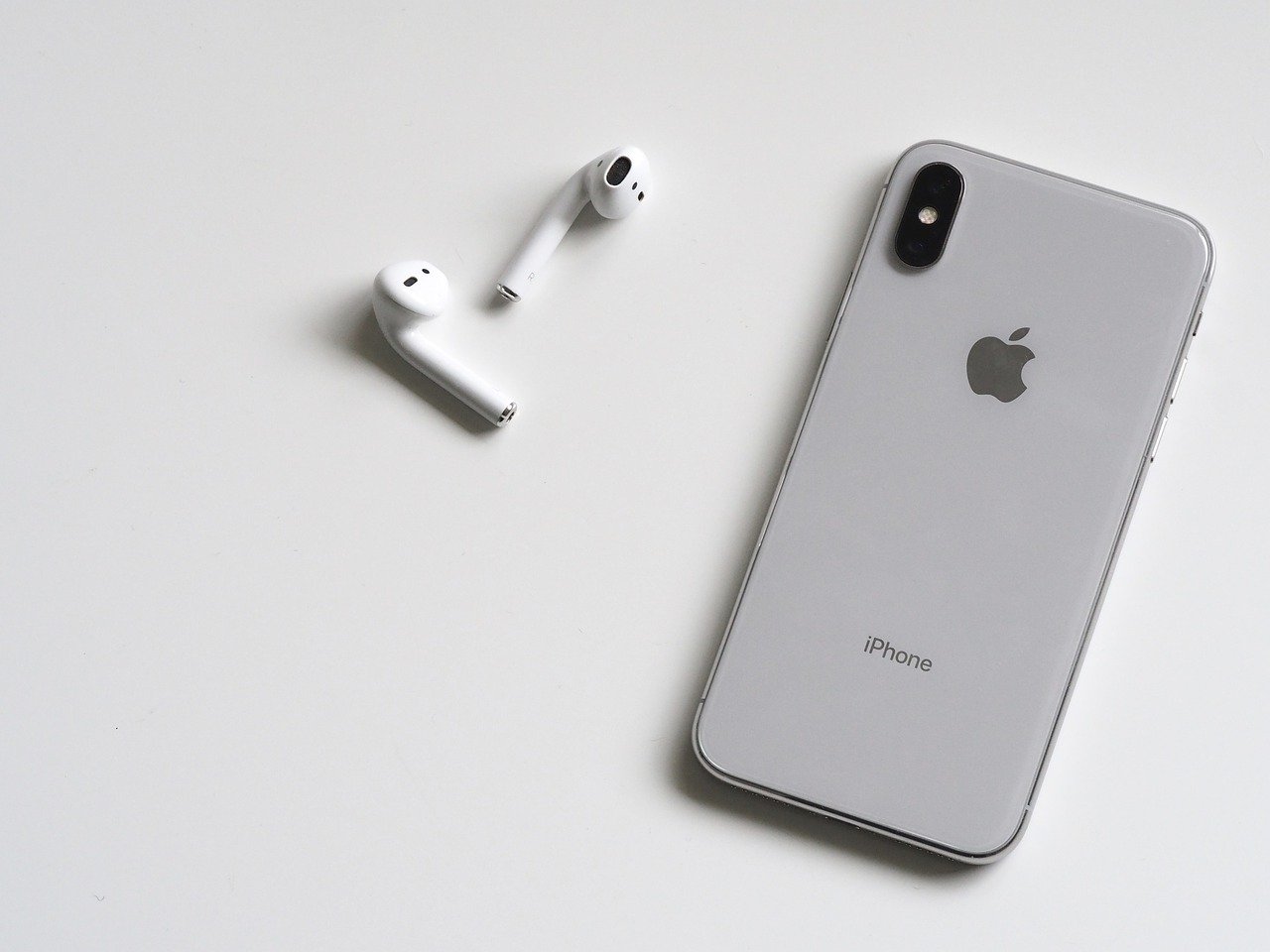Earlier this fall, Apple released the iPhone 11, the latest version of the company’s flagship device. (Over the past decade, Apple has settled into a cycle in which new iPhone models are released every year, usually in September.)
Taking over from where the iPhone XR left off, the iPhone 11 is now set to become the standard, entry-level iPhone. Here’s what you need to know about it:
Reviews have been largely positive.
It’s not always easy to predict whether new iPhone models will be popular with users—sometimes users love new features and updates, and sometimes they really, really hate them. But there’s good news for the iPhone 11: so far, reviews for the device have been largely positive, with most reviewers praising its many compelling features and calling it “the best phone for the money.”
It’s faster.
The iPhone 11 comes with an A13 Bionic 7-nanometer chip, as well as a third-generation Neural Engine. According to Apple, the A13 is the fastest-ever chip to be used in a smartphone, offering 20 percent faster performance across the board than the previous iteration (which was already faster than its competitors). From a user perspective, this means super-smooth video and gaming, as well as superior performance when it comes to tasks like video editing.
It boasts an awesome battery life.
Good battery life is one of the least glamorous but most important features of a quality smartphone, and the iPhone 11 definitely delivers. Recent reviewer tests have shown that, on average, the iPhone 11’s battery lasts well over 11 hours. This is a significant improvement over previous iPhone models, and it is still reasonably ahead of some of the device’s closest competitors.
The camera is better than ever.
Other brands have recently been outperforming the iPhone when it comes to camera functionality and features, so it’s not surprising to find that one of the biggest changes that comes with the iPhone 11 is a major camera upgrade. The latest iPhone features a new ultra-wide camera sensor that boasts focus pixels and smarter software. These features help make images brighter, sharper, and more vibrant and allow you to fit up to four times more scene into the frame without having to adjust your own position.
In addition, the iPhone 11 camera takes Smart HDR to the next level, using machine learning to identify the subject of your photo and sharpen details while preserving the contrasting shadows.
There’s a brand-new Night Mode.
Even with a great camera, taking photos at night or in dark areas can be a challenge. This is where the iPhone 11’s new Night Mode comes in. While some other manufacturers focus on features that simply make dark shots brighter, often to the point of being unreal, Night Mode on the iPhone 11 concentrates on boosting colors that are already in the shot rather than adding new ones. As a result, you can capture crisp, clear, natural-looking photos even in very low lighting conditions. You don’t even have to swipe or tap to activate this feature—Night Mode kicks in automatically.
All the colors are new.
The design of the iPhone 11 is both familiar and fresh, but perhaps the most eye-catching change is the available range of colors. Spanning a somewhat more muted palette than the bold shades of the iPhone XR lineup, the iPhone 11 colors (all of which are brand new) include mint green, light lavender, and pale yellow. Better yet, you won’t even have to choose between displaying your chosen shade and keeping your phone protected because, for the first time, Apple is offering clear plastic cases for the entire iPhone 11 range. While it can be difficult to achieve a true see-through case, reviewers agree that Apple has managed it here, producing a gleamingly clear case with a super-smooth feel.
Face ID compatibility has been upgraded.
More and more iPhone users are choosing Face ID over other options when it comes to securing their devices. In light of this, Apple has worked hard to improve this biometric identification system for its latest iPhone model.
On the iPhone 11, Face ID is expected to be up to 30 percent faster and even work from more angles. For example, it will recognize your face and allow you to unlock your iPhone even if the device is lying on a table or you’re not holding it straight out in front of you.
It will offer better spatial awareness.
Devices like the iPhone use a number of different sensors to help them figure out where they are in space. While this is important for basic things like display orientation, perhaps the clearest use of an iPhone’s spatial awareness capabilities is AirDrop, a fast and reliable way to transfer files from one iPhone to another by simply pointing the sender’s device at the recipient’s. In the iPhone 11, the U1 chip, a new chip to boost spatial awareness, should make features like AirDrop more functional and efficient.

